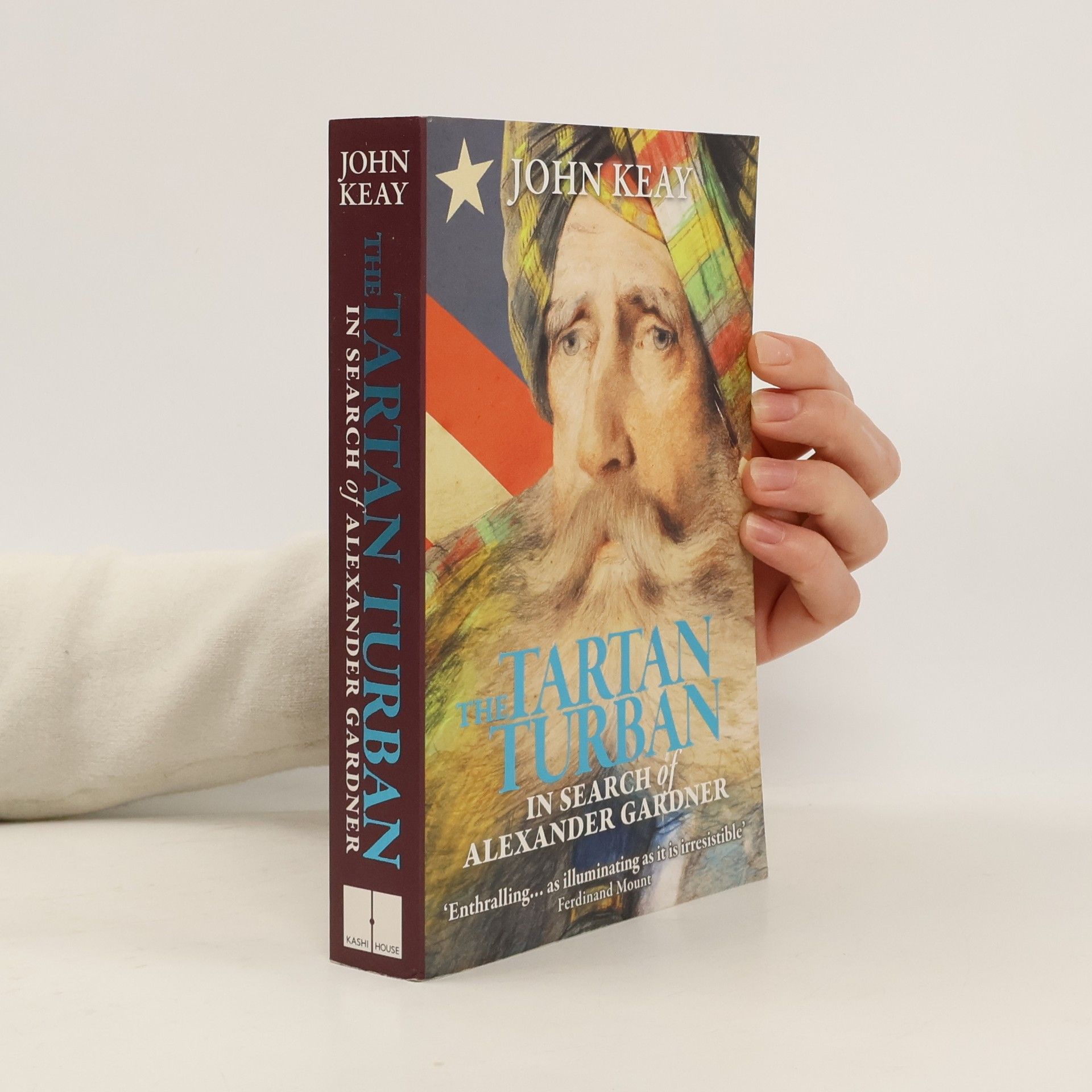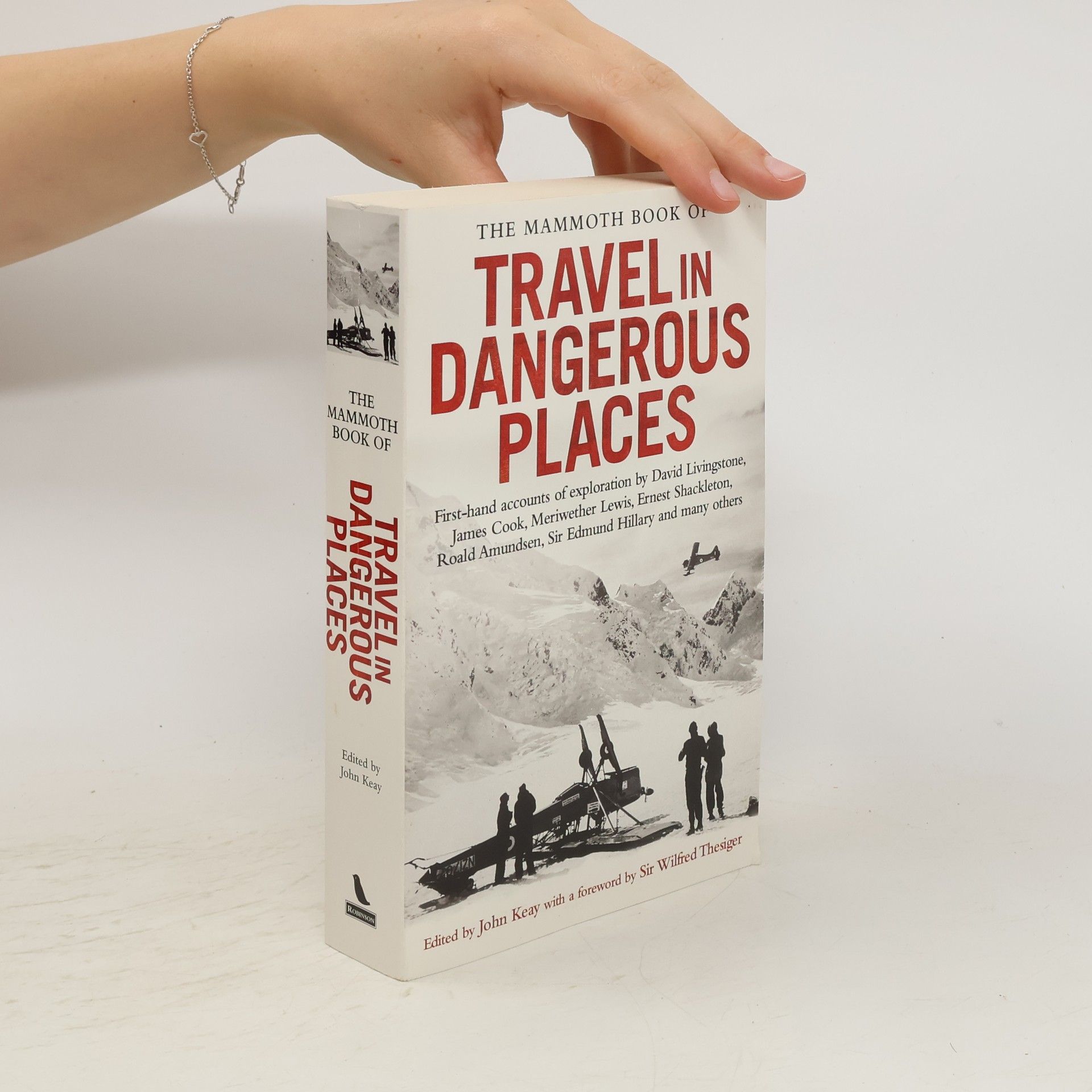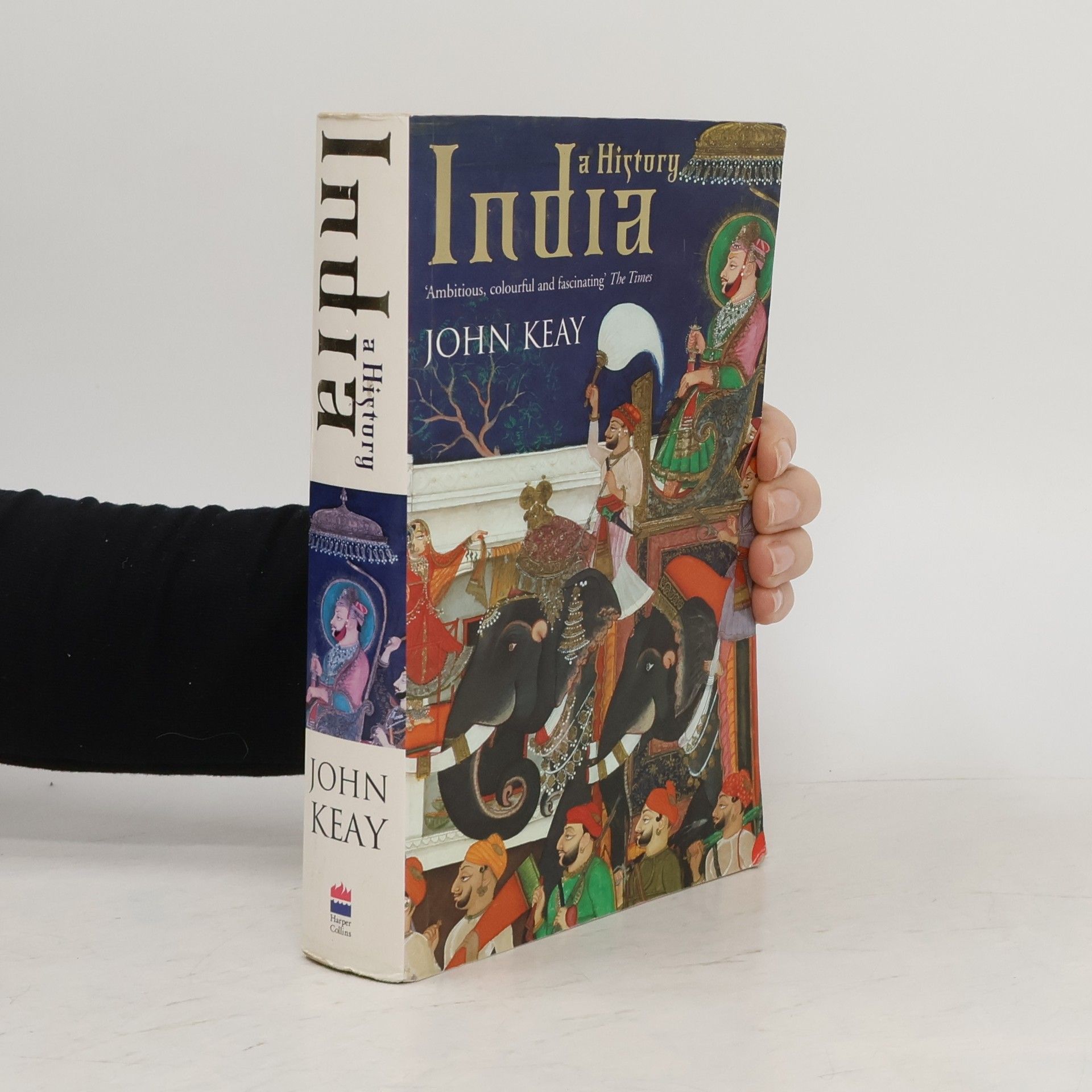John Keay Book order
John Keay is an English journalist and author renowned for his popular histories focusing on India and the Far East, particularly their encounters with European exploration and colonization. His writing is celebrated for a masterful blend of meticulous research, irreverent wit, and compelling narrative. Keay's lively prose and engaging storytelling have established many of his works as enduring classics. He offers readers a distinctive and insightful perspective on Asian history.
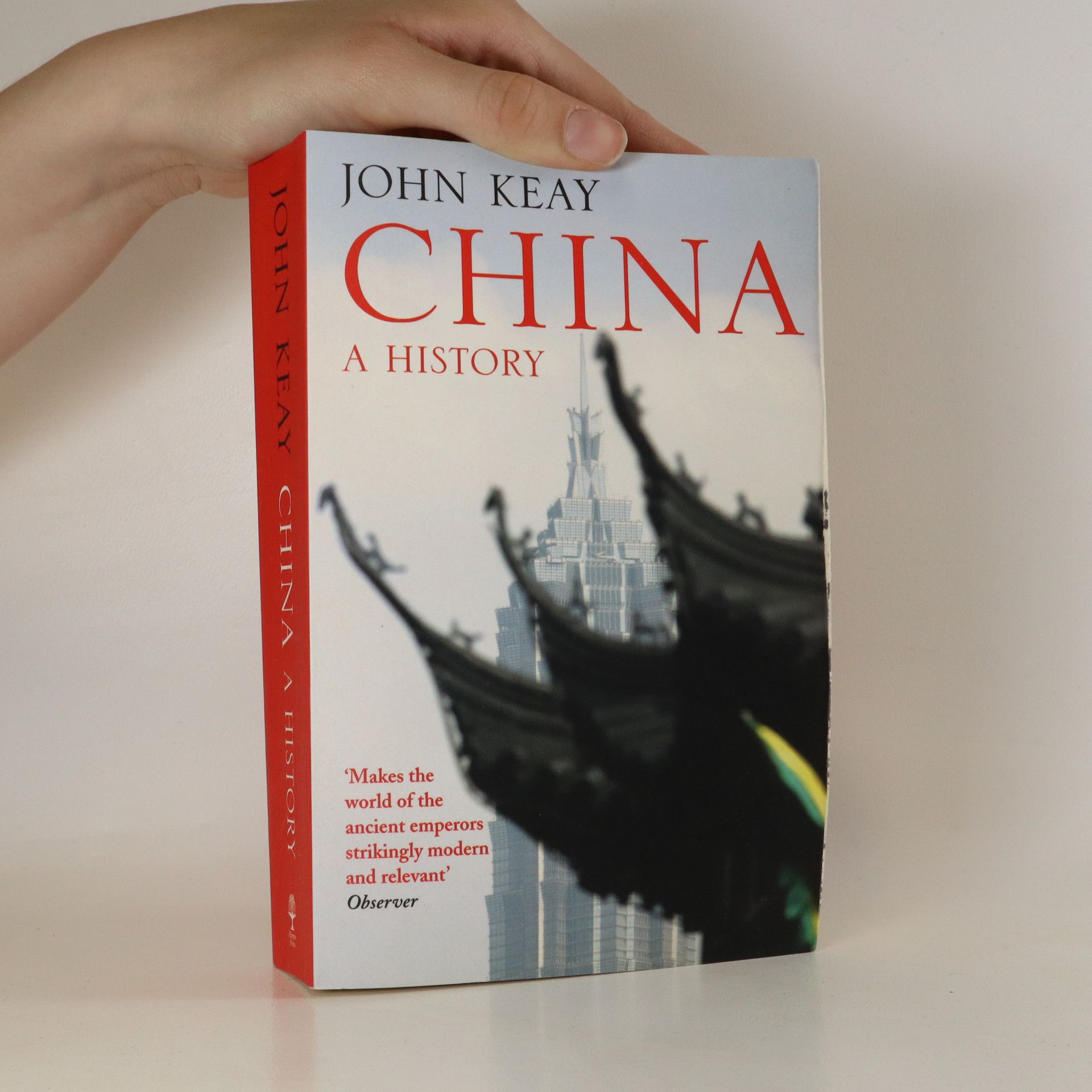

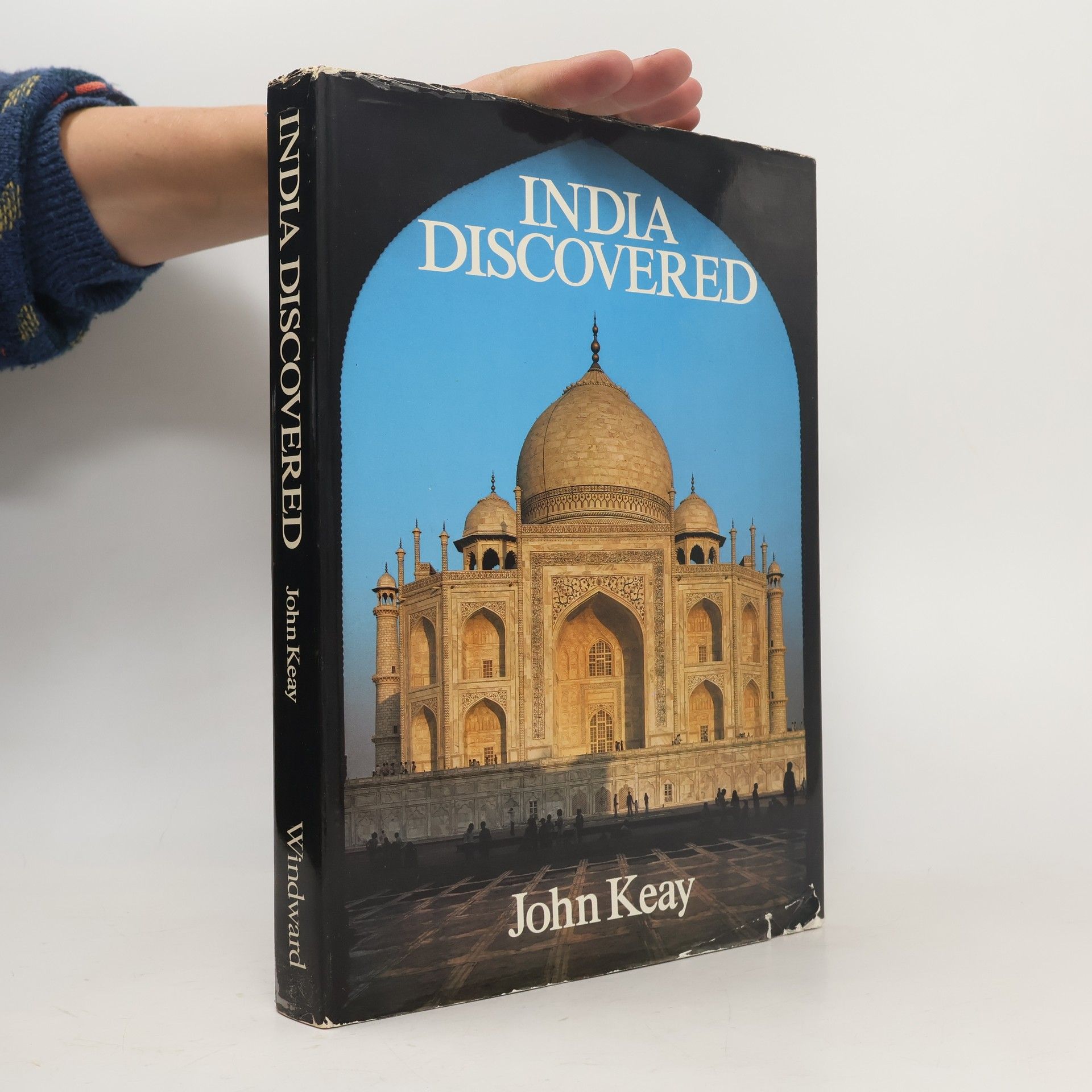

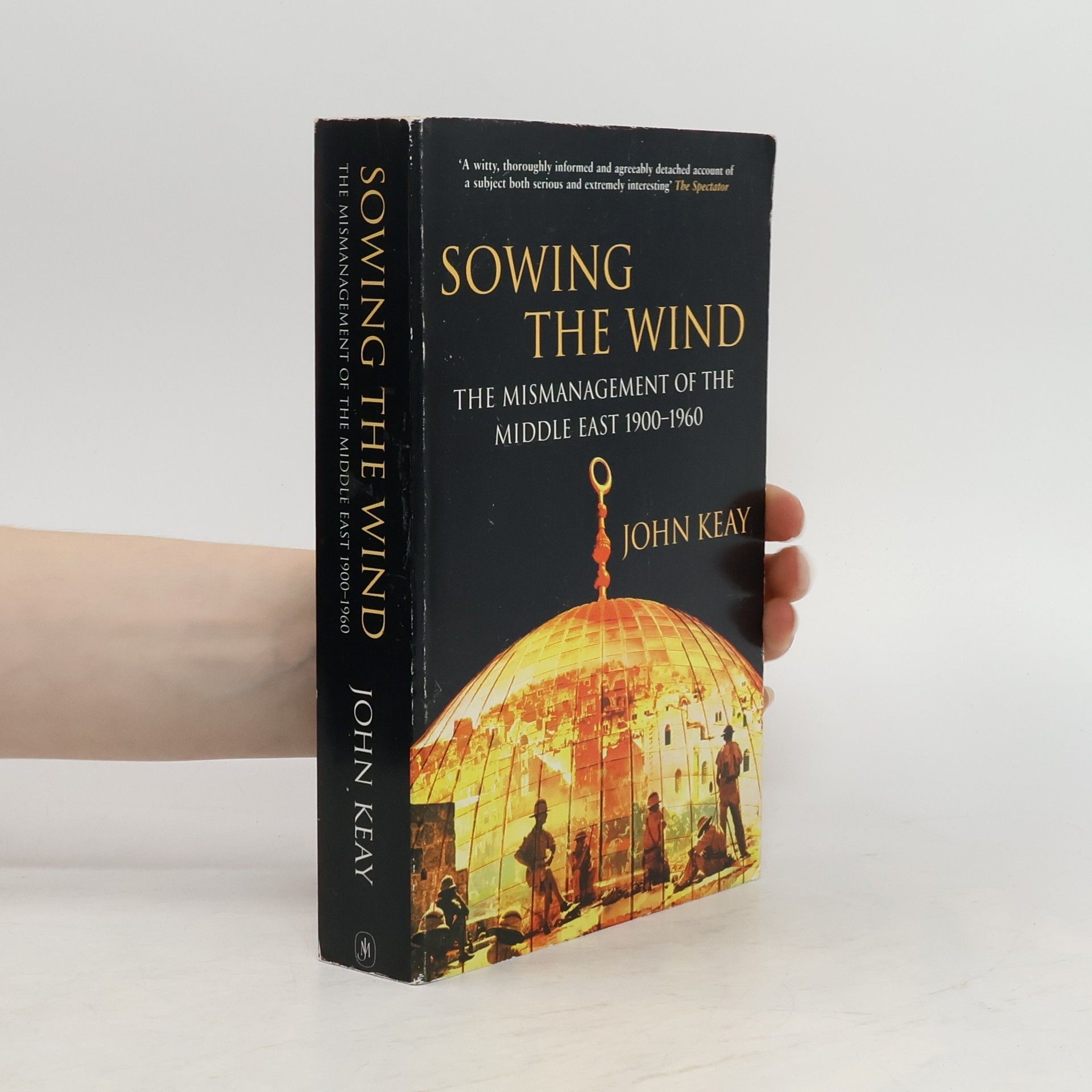

- 2022
- 2017
The Tartan Turban
- 352 pages
- 13 hours of reading
Alexander Gardner spent his life adventuring in Inner Asia. His story changed people's understanding of the world. The urge to contest or prove it contributed to the scientific and political penetration of much of Asia. Readers will see the region in a new light and gain a fresh perspective on its last years under native rule.
- 2010
The Mammoth Book of Travel in Dangerous Places
- 487 pages
- 18 hours of reading
The great explorers were the celebrities of their day - the romance and danger of their daring expeditions captured the public imagination and the world's headlines to an extraordinary degree. Not all of them lived to tell the tale, of course, but those who emerged triumphant from jungle, desert or polar wasteland were hailed as if returning from beyond the grave. Journalists vied for their stories and publishers rushed their first-hand accounts of exciting and dangerous journeys into print for a wide and voracious readership. Acclaimed travel historian John Keay introduces this selection of the best of these first-hand narratives, including those of John Ross and John Franklin, writing about their experiences in the Arctic; Richard Burton's account of his search for the source of the Nile; John Speke on Lake Victoria; David Livingstone and Henry Stanley's adventures in central Africa; Alexander McKenzie's first crossing of America and Meriwether Lewis's encounter with the Shoshonee; Robert Peary and Roald Amundsen's voyages to the poles; and the poignant last words of William Wills in Australia and Robert Scott's In Extremis. Keay includes the experiences of four remarkable twentieth-century explorers: Hiram Bingham on the discovery of Machu Picchu; Wilfred Thesiger on Arabia's Empty Quarter; Edmund Hillary on reaching the summit of Everest; and Harry St John Bridger Philby facing despair and defeat in the Arabian desert.
- 2009
Three thousand years of Chinese history in an accessible and authoritative single volume.
- 2007
The first single-volume history of India since the 1950s, combining narrative pace and skill with social, economic and cultural analysis. Five millennia of the sub-continent's history are interpreted by one of our finest writers on India and the Far East.
- 2004
Sowing the Wind
- 528 pages
- 19 hours of reading
Sowing the Wind examines the critical political underpinnings of conflict in the Middle East. Keay (known for his best-selling history of India) focuses on the hard-core countries of the Middle East known as the fertile Egypt, Jordan, Israel/Palestine, Lebanon, Syria, and Iraq. Keay's account is absolutely riveting as he follows the West's manipulation, management, and mismanagement of the Middle East from 1900 up through the ascent of Arafat to power in the early 1960s. He ends with a forty-page tour-de-force update of the last forty years of American negotiation of economic and political fault lines in the Middle East.Keay's sweeping history pre-Balfour to post-Suez unearths a host of surprising firsts, from the Gulf's first "gusher" to the first aerial assault on Baghdad, the first of Syria's innumerable coups, and the first terrorist outrages and suicide bombers.
- 2001
The Great Arc. The Dramatic Tale of How India Was Mapped and Everest Was Named
- 224 pages
- 8 hours of reading
Chronicles the Great Trigonometrical Survey of India, a venture initiated by British army officer William Lambton to measure the earth's surface, and discusses its completion under Lambton's successor, George Everest.
- 1997
Last Post
The End of Empire in the Far East
John Keay's epic, expert study of the twenthieth-century demise of colonial rule in the Far East The names echo like the last long notes of a bugle call: Hiroshima, Dien Bien Phu, Tiananmen Square; MacArthur and Mountbatten; The Quiet American and Bridge over the River Kwai. In a twentieth-century welter of war, Depression and Communism four empires crumbled and the West was bundled out of the East. John Keay's acclaimed study of this imperial finale draws on contemporary sources ranging from Ho Chi Minh to Dirk Bogarde. The narrative swoops from the showpiece cities of Shanghai, Saigon and Manila to the tough backwaters of Borneo and the tinkling rice fields of Bali. Grandeur of treatment is matched by trenchant analysis; unexpected continuities are revealed; and to the interaction of West and East is traced the dynamism of the Far East today.
- 1997
Explorers of the Western Himalayas, 1820-1895
- 571 pages
- 20 hours of reading
Where men and mountains meet -- The Gilgit game.
